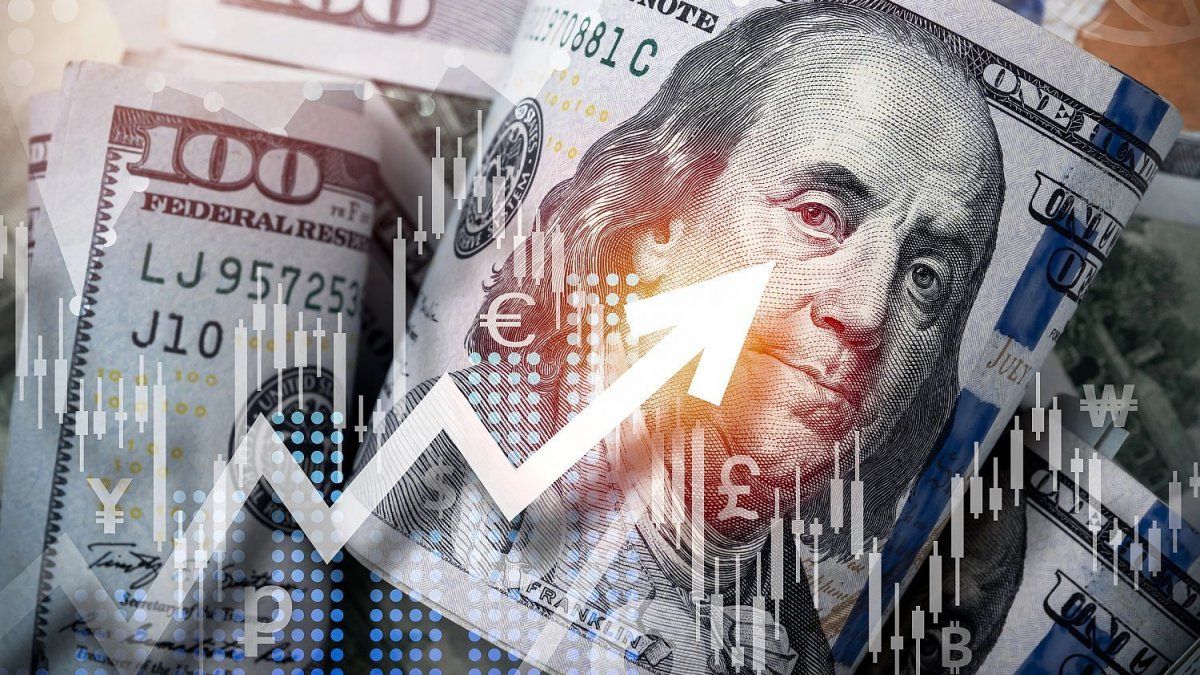Menu
KfW estimate: Trump’s tax plans: KfW sees USA before debt spiral
Categories
Most Read
Prices: Cartel Office initiates proceedings against Temu
October 8, 2025
No Comments
How to apply to the DNI account discount on butchers this Saturday, October 11, 2025
October 8, 2025
No Comments
This is the bank that pays more interest this Wednesday, October 8
October 8, 2025
No Comments
Cockpit Association: Top-level talks aim to avert strike at Lufthansa
October 8, 2025
No Comments
Latest Posts

Goodbye to Magis TV: after the application was blocked, these are the best alternatives to watch free movies at home
October 8, 2025
No Comments
October 8, 2025 – 16:31 The closure of Magis TV pushed thousands of users to leave pirate platforms behind and opt for official, safe and

The blue dollar detached itself from the official price and hit three-week highs
October 8, 2025
No Comments
October 8, 2025 – 16:19 Get to know the blue dollar quotes, the official one, the MEP and the CCL. He blue dollar listed this

The industry recorded a slight rebound in August after two consecutive sharp declines
October 8, 2025
No Comments
October 8, 2025 – 16:09 Industrial production fell 4.4% compared to the same month last year, although in the accumulated figure for 2025 it presents
24 Hours Worlds is a comprehensive source of instant world current affairs, offering up-to-the-minute coverage of breaking news and events from around the globe. With a team of experienced journalists and experts on hand 24/7.

